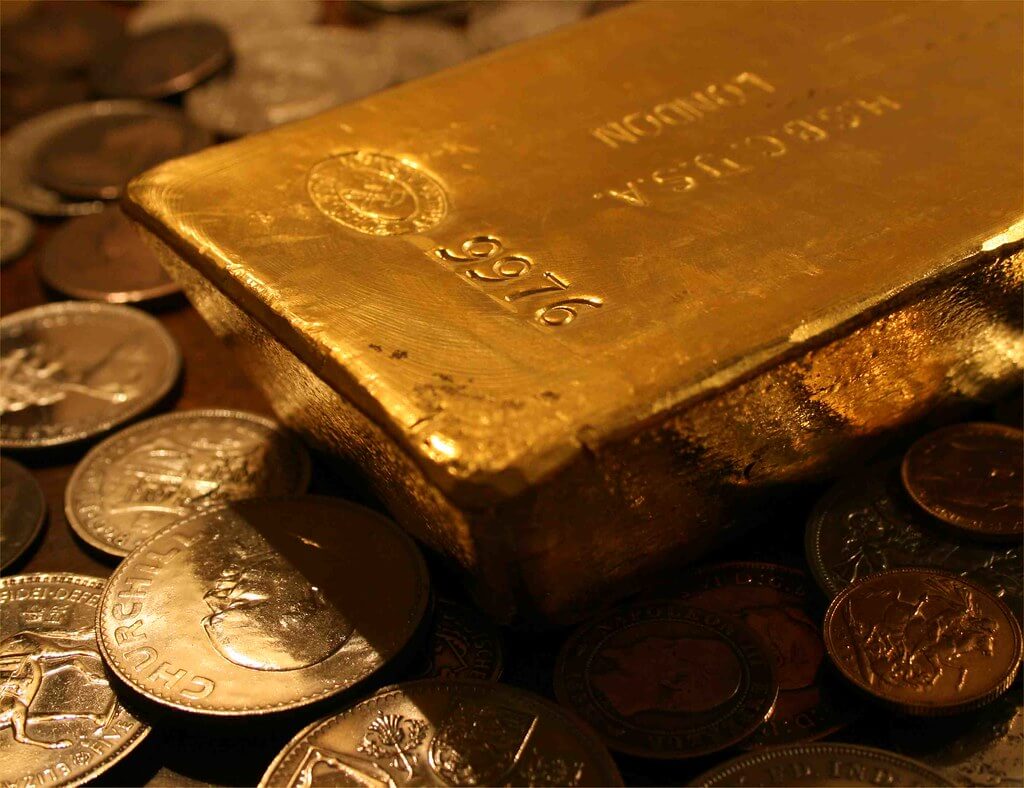View historical precious metals price charts »
View historical precious metals price charts »
- November 21, 2019 -
Throughout recorded history, true money has been defined as a tangible item accepted for exchange and considered to have value.
Diverse items ranging from tulip bulbs to seashells to weaponry have been considered money at some point in history. However, none of those items have stood the test of time.
Neither have government issued fiat currencies. Throughout history all fiat currencies have failed or likely will fail again.
If you ask the average guy on the street to define “money,” 99 out of 100 will likely answer “paper money,” the U.S. Dollar or a similar response. Technically, that’s an incorrect answer. Paper money and base metal coinage are just government issued currencies, a form of debt.
On the other hand, gold, and to a lesser extent silver, fit the historical definition of money and have for thousands of years.
So why have gold and silver survived the test of time as a true form of money? And why have gold and silver been universally accepted as money throughout recorded time?

Unlike government-issued currencies, gold and silver have been considered “real money” throughout history. [Photo credit: BullionVault Bullion bar in sea of coin via photopin (license)]
Here are a few reasons why gold and silver are well suited to be considered money:
1. Gold and silver are LIQUID, meaning they are easily exchanged, traded, bartered with or sold for non-monetary government issued currencies.
2. Gold and silver are CONSISTENT. That refers to the fact that gold and silver are easily recognized, and their appearance and composition have never changed.
3. Gold and silver are DIVISIBLE. Smaller or larger units of precious metals are proportional in value. Most other tangible items of value are not.
4. Gold and silver are CONVENIENT, meaning even small units hold noteworthy value and are easy to carry and transport.
5. Gold and silver are DURABLE. That means, as with all precious metals, they are not biodegradable, nor can they evaporate and disappear without a trace. That is not the case with many forms of “so-called” money.
6. And finally, and maybe most importantly, gold and silver cannot be created “on a whim.” Both are FINITE. Whereas there’s almost an infinite amount of paper on this planet, there’s a very finite amount of accessible precious metals.
If you have any questions about true money, which is by historical definition physical gold and silver, please contact the non-commissioned professionals at Jack Hunt Gold and Silver at your convenience.